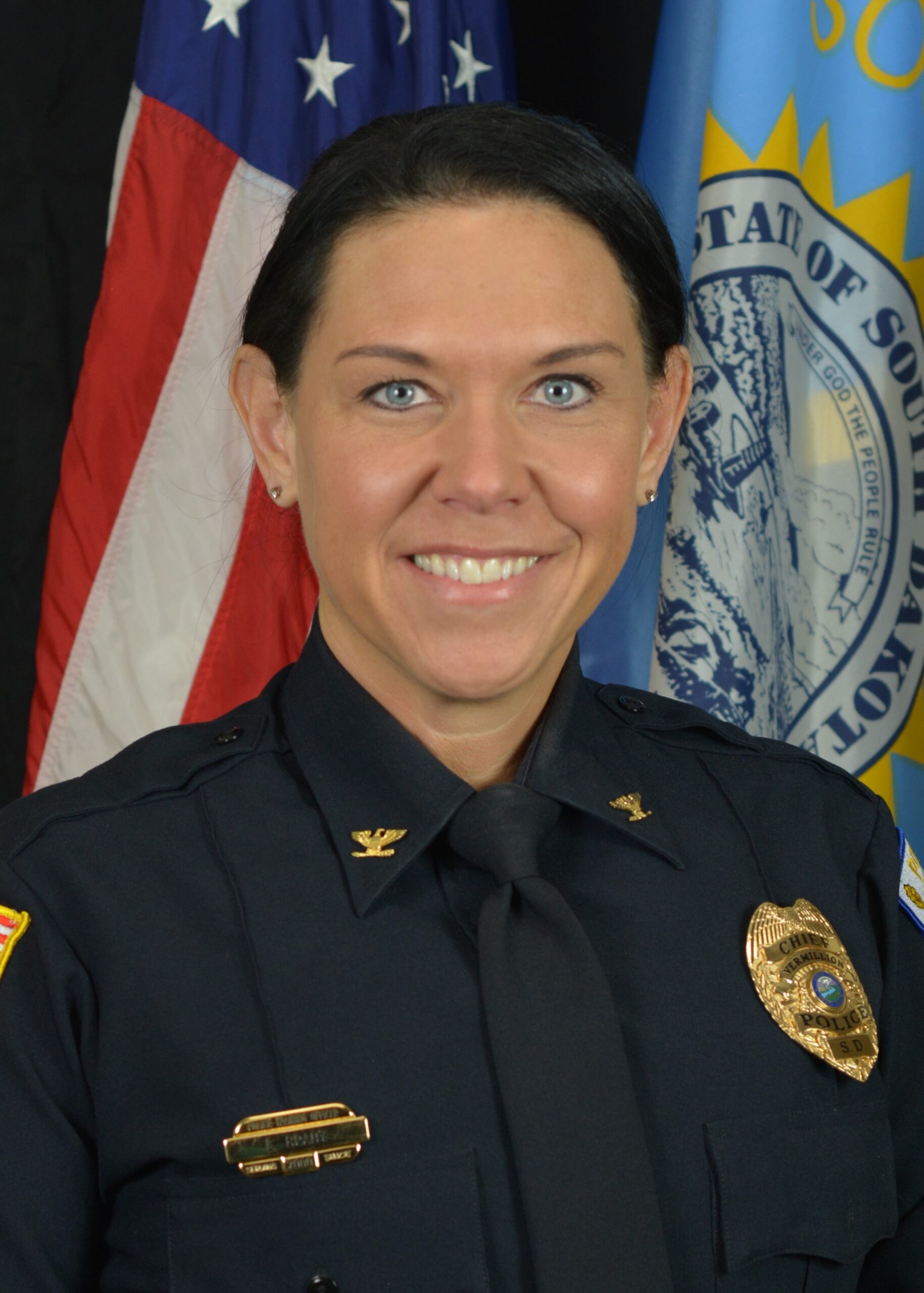
1971 Cold Case from VPD Perspective
The disappearance of Pamela “Pam” Jackson and Cheryl “Sherri” Miller in 1971 which confused Vermillion police for 50 years until 2013 when the girls’ bodies were found in their car.
KARE 11 reporter, Lou Raguse, wrote the book, “Vanished in Vermillion,” in response to Pam’s brother-in-law asking for one crime news article for them to find all the facts, to which Raguse wrote a book instead.
Vermillion police chief Crystal Brady was a detective during the search for the girls in 2004. She has also read the book and enjoyed what Raguse had to give the public. Brady said she appreciated the information that Raguse wrote, but said the book was limited to the perspective of the family for obvious reasons.
“I know that probably a portion of that is because of some of law enforcement not necessarily wanting to be interviewed for the book, which kind of makes sense,” Brady said. “And if you don’t give your, the people who do give their side their information ends up in the book.”
Brady said she had several different interpretations of different police interactions with the families. Throughout the cold case in the late 1900s and early 2000s, police had been following one lead that a neighbor, David Lykken, had killed the girls. Lykken was in prison for different reasons during the time police were investigating him, so that added to their belief that he could be a killed.
Lykken turned out not to be the killer when the girls were found in Brule Creek still buckled into their car. Although many people had believed Lykken was the killer based on witness reports, the police were scrutinized because they had not searched the other side of the bridge the girls had driven off, but thoroughly searched Lykken’s past, his farm and his family’s history.
“In hindsight right now you can look back at it and say, ‘well, you should have looked here or you should have done this.’ It’s easy to say that when you know the answer to you know what’s happened now. At the time, I think they would have been criticized if they had information and they had not looked into that,” Brady said.
Brady said her interpretations were different based on her police work. She said there was no way the police could give the public all the information they had when they believed there could be a killer involved. If the killer had known everything the police knew, Brady said it could have tipped the killer off to know if he was close to being convicted or not.
“When law enforcement collects items, we don’t know what those items have as what significance those items have. So, we collect them and then that’s when they’re tested or we determine whether or not they have any significance,” Brady said.
Brady said although the media wants to give the public a story, it’s not always in the best interest of the police to give the public all the information they have. Forms are filled out by the police on what items were collected and sometimes the media is able to access those forms during the investigation. However, not all the information can be given to the media and that can lead to the public being upset with the police.
“We want to have a case that’s done correctly and giving people a story isn’t our first priority,” Brady said. “Our first priority is to make sure that we have a good solid case and that we’re doing things correctly.”
Overall, Brady said she enjoyed “Vanished in Vermillion” because it gave the public a sense of closure on the cold case of Miller and Jackson. She said this cold case would have been different in the 21st century based on all the technology we possess and how quickly police react when there is a missing person.

